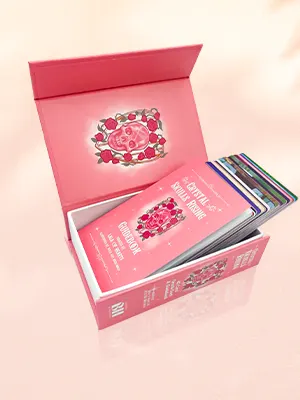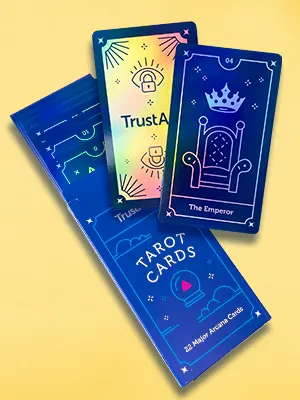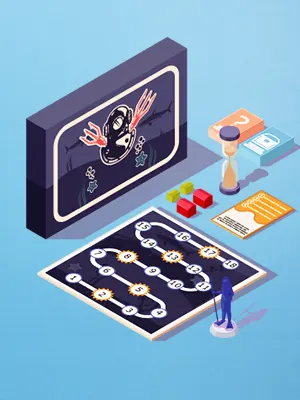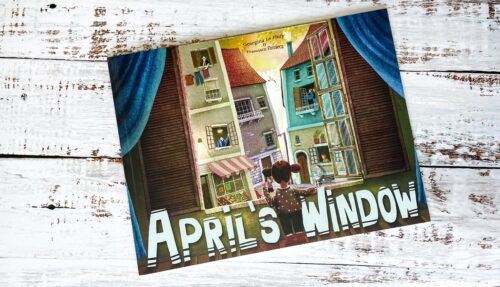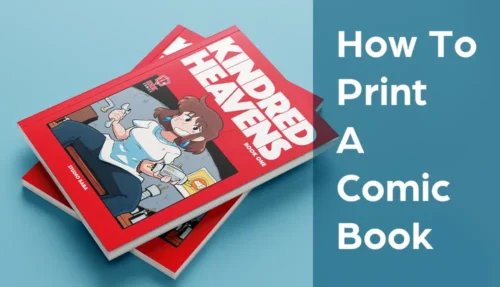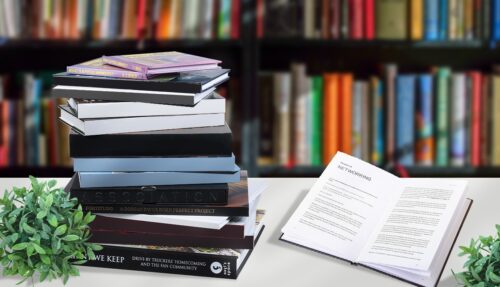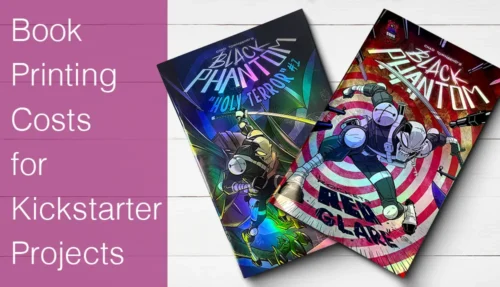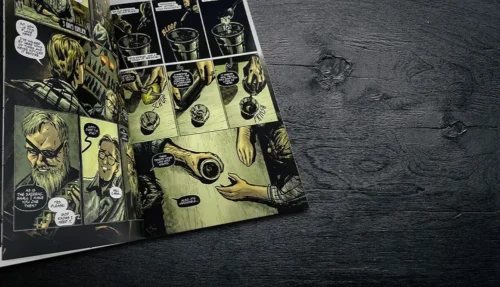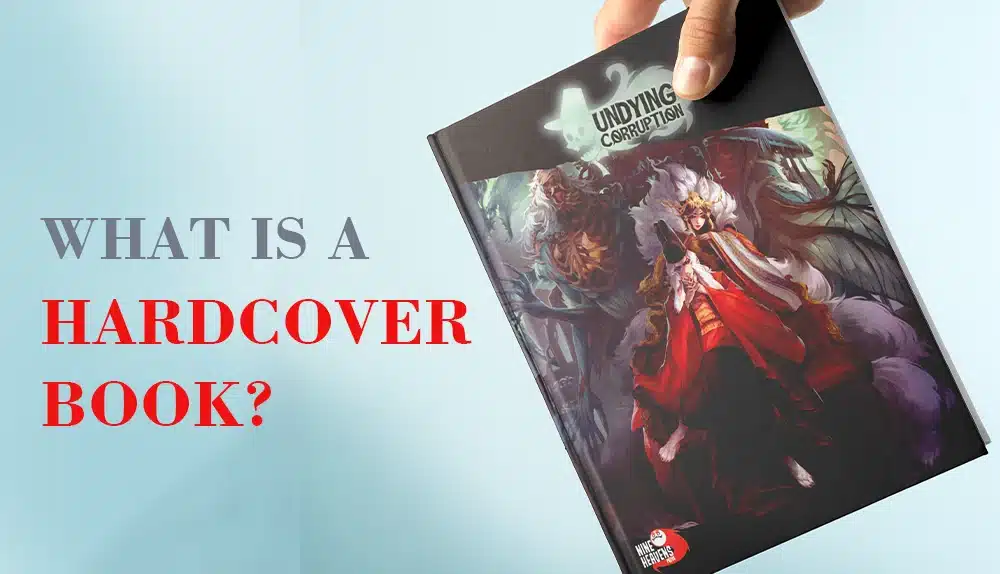
In today’s world where digital reading continues to grow in popularity, there remains a quaint appeal to printed books with beautifully designed covers and special editions. Hardcover books in particular have become a favorite among collectors, artists, and readers who appreciate exceptional quality and craftsmanship. Read on to discover how to get the most out of your hardcover book:
What Is a Hardcover Book?
A hardcover book — also called a hardback, hardbound, casebound, or case-wrapped — is a type of book that uses a specific binding known for its rigid protective covers. These covers typically consist of printed paper, cloth, or faux leather wrapped around sturdy gray boards that usually range from 1 mm to 3 mm thick. These durable boards are what give hardcover books their name.
The construction of a hardcover book involves attaching sewn or PUR-glued interior pages to gray boards using end sheets (also known as endpapers). The gray boards extend slightly (typically about 3 mm) beyond the edges of the interior pages, providing extra protection while also enhancing visual appeal.
What Are the Components of a Hardcover Book?
Understanding the key components of a hardcover book can help you make informed design choices:
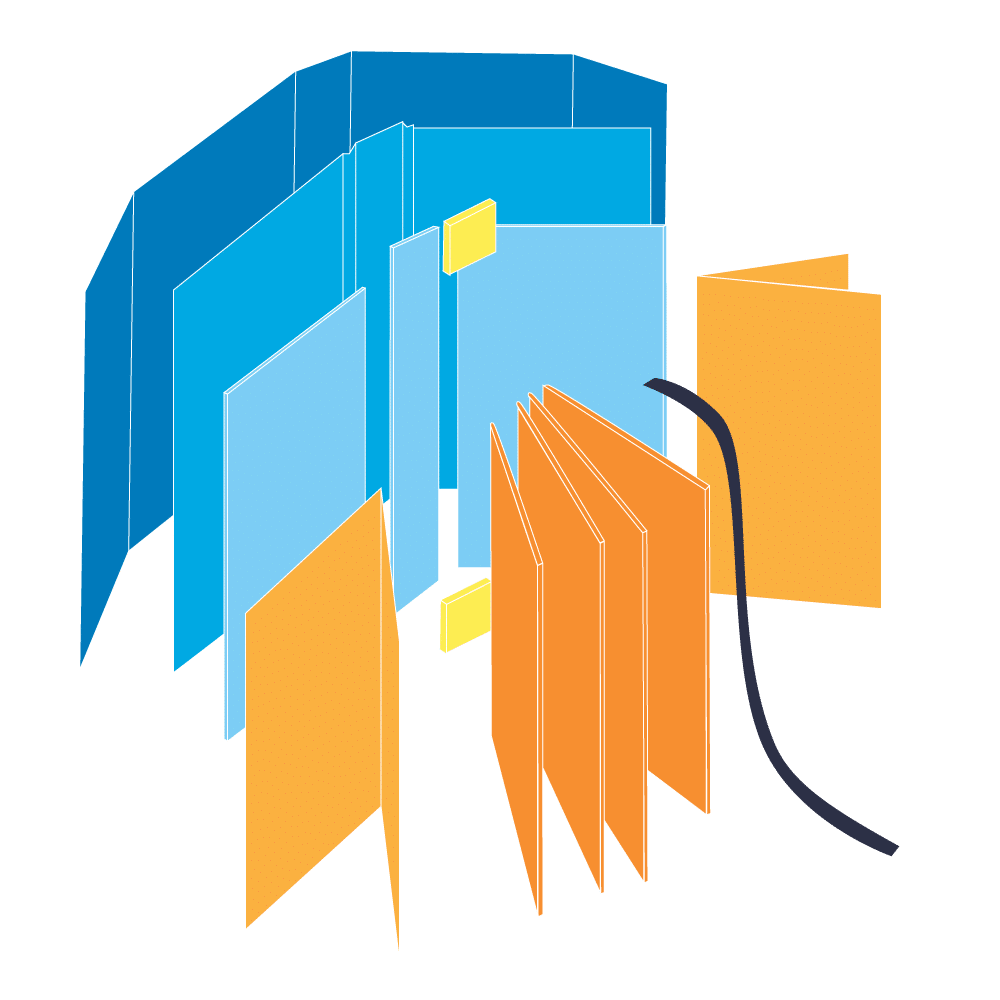
Provides structural support for the hardcover.
Connects interior pages to the gray boards.
Provides the cover's outer appearance. Options include printed paper, cloth, faux leather, textured paper, or colored paper.
The pages inside the book, typically under 200gsm for coated paper or under 160gsm for uncoated paper.
A removable cover often made from 157gsm or 200gsm coated paper, usually laminated or textured.
Decorative cotton bands to enhance aesthetics.
Silk ribbons for bookmarking.
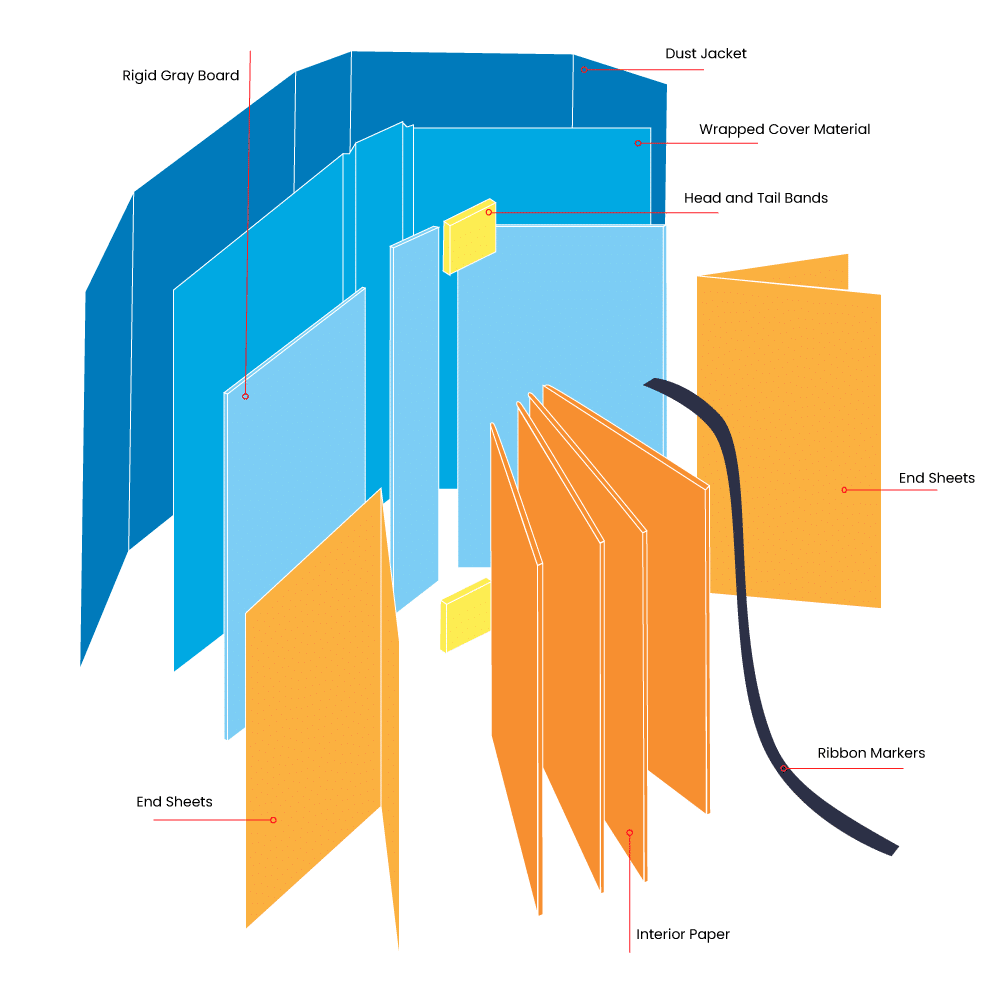
- Rigid Gray Board: Provides structural support for the hardcover.
- End Sheets: Connects interior pages to the gray boards.
- Wrapped Cover Material: Provides the cover’s outer appearance. Options include printed paper, cloth, faux leather, textured paper, or colored paper.
- Interior Paper: The pages inside the book, typically under 200gsm for coated paper or under 160gsm for uncoated paper.
- Dust Jacket: A removable cover often made from 157gsm or 200gsm coated paper, usually laminated or textured.
- Head and Tail Bands: Decorative cotton bands to enhance aesthetics.
- Ribbon Markers: Silk ribbons for bookmarking.
How to Choose the Right Materials?
Choosing the right hardcover book materials depends on your book’s content, audience, and aesthetics. Below is a comprehensive list of the different types of materials that can be used:
Cover Materials:
- 157gsm Coated Paper with Lamination: Ideal for vibrant photographic covers. Options include gloss, matte, or soft-touch lamination, plus special finishes like foil stamping, spot UV, embossing, or debossing.
- Cloth Covers: Traditional, premium look suited for special editions. Finishing options include foil stamping, debossing, blind debossing, or paper paste-on labels.
- Faux Leather: Sophisticated finish with various textures and colors available, suitable for foil stamping or blind debossing.
- Textured or Colored Papers: Offers distinctive creative options. White or cream textured paper can be printed directly, while darker papers pair well with foil stamping, embossing, or debossing.
Gray Board Thickness:
Thickness generally ranges from 1.5 mm to 3 mm. Thicker boards provide increased durability, ideal for books that are larger or have more pages. Books smaller than 8.5″ x 11″ with fewer than 200 pages often use 2 mm or 2.5 mm boards, while books larger than 8.5″ x 11″ or exceeding 400 pages typically use 3 mm boards. Smaller books (under 5.5″ x 8.5″) often use 1.5 mm boards.
End Sheet Materials:
End sheets are available in 140gsm, 160gsm, 180gsm offset paper, and 157gsm coated paper (gloss or matte).
- For books 8.5″ x 11″ or larger with fewer than 300 pages, choose 140gsm or 160gsm.
- For thicker books over 300 pages, select 180gsm offset paper.
- If the photos and images on end sheets are similar to the interior photos and images, 157gsm coated paper for end sheets is also a great option.
Interior Paper Options:
- Coated Paper: Excellent for content with a heavy emphasis on photos. Options include 80gsm, 105gsm, 128gsm, and 157gsm matte or gloss art paper. Larger books typically require thicker paper.
- Uncoated Paper: Ideal for coloring books or journals where writing or sketching is essential. Options range from 70gsm to 160gsm. To ensure the coloring ink does not bleed through the pages, 160gsm uncoated paper is a good option.
- Cream Paper: Offers greater eye comfort, making it perfect for novels and reading books. Available from 70gsm to 120gsm, with lighter paper for smaller-sized books.
Dust Jacket Materials:
Dust jackets are typically made from 157gsm or 200gsm coated paper with lamination or textured finishes. Use heavier 200gsm paper for larger books, and lighter 157gsm for smaller ones.
Choosing a hardcover format for your book provides durability, beauty, and lasting value. By putting thought into selecting appropriate materials, your hardcover book will be sure to impress aesthetically while also withstanding the test of time. Despite the digitalization of much of society, hardcover binding will always remain a premium and worthwhile choice for many different types of books and readers.
Why Choose Hardcover?
Hardcover books offer numerous advantages, including durability, longevity, and appearance. Hardcovers are resistant to frequent use and handling while lasting longer on display. The various customization and premium appearance options also add significant perceived value and reader appeal.
Which Books Are Ideal for Hardcover Binding?
While nearly any book benefits from hardcover binding, some types especially stand out:
- Coffee Table Books: Perfect for showcasing photography and artwork.
- Art Books: Ideal for protecting high-quality images.
- Children’s Books: Designed to withstand rough handling.
- Cookbooks: Resistant to kitchen spills and heavy use.
- Comic Books: Preserves collectible value and readability.
Is Hardcover Printing Expensive?
Hardcover printing typically costs more than paperback printing, due to using higher-quality materials and more intricate manufacturing processes. However, printing hardcover books in China can significantly reduce these costs without sacrificing quality.
Below is a price comparison for hardcover vs. paperback printing (8.5″ x 11″, 100 pages, 128gsm matte art paper) if you print with QinPrinting:
| Quantity | Paperback Books | Hardcover Books |
|---|---|---|
| 100 copies | $8.14 (unit) $814 (total) |
$13.02 (unit) $1302 (total) |
| 300 copies | $3.35 (unit) $1005 (total) |
$5.11 (unit) $1534 (total) |
| 500 copies | $2.33 (unit) $1167 (total) |
$3.59 (unit) $1796 (total) |
| 1000 copies | $1.51 (unit) $1513 (total) |
$2.53 (unit) $2533 (total) |
| 2000 copies | $1.16 (unit) $2322 (total) |
$2.08 (unit) $4153 (total) |
| 3000 copies | $1.05 (unit) $3147 (total) |
$1.89 (unit) $5678 (total) |
| 5000 copies | $0.97 (unit) $4863 (total) |
$1.74 (unit) $8699 (total) |
Paperback uses 300gsm matte art paper with matte lamination. Hardcover uses 157gsm matte art paper laminated covers, 2.5mm gray board, and 140gsm offset endpapers.
For detailed quotes, you can easily request a personalized estimate through our quote page.
Hardcover Book FAQs
What is the maximum size you can print for a hardcover book?
- Machine-bound: 320 mm (width) x 420 mm (height), or 12.60 in x 16.54 in
- Hand-bound: 350 mm (width) x 420 mm (height), or 13.78 in x 16.54 in
What is the smallest hardcover book you can print?
- Machine-bound: 100 mm (width) x 100 mm (height), or 3.94 in x 3.94 in
- Hand-bound: 64 mm (width) x 89 mm (height), or 2.52 in x 3.50 in
What is the minimum order quantity (MOQ)?
100 copies
What is the thinnest hardcover book you can bind?
At least 24 pages, with a minimum spine thickness of 3 mm
What is the thickest hardcover book you can do?
Up to 1200 pages using 80gsm gloss art paper, with a maximum spine thickness of 46 mm (1.81 in)
Which country produces the most hardcover books?
China is currently the leading producer of hardcover books, as it is known for high-quality yet cost-effective hardcover book manufacturing.

